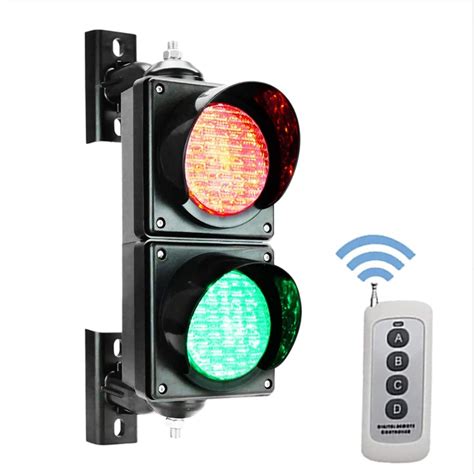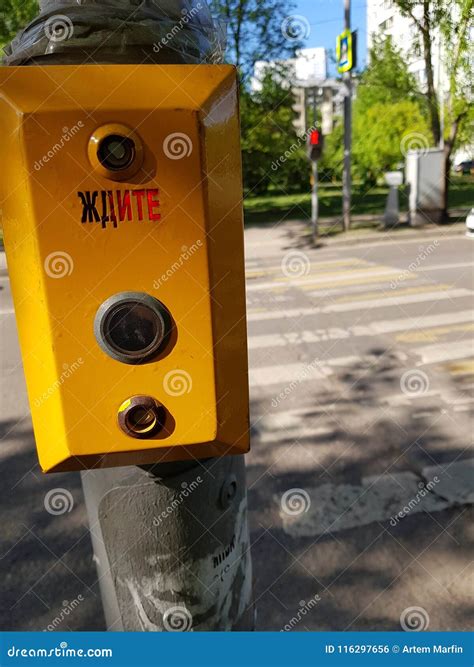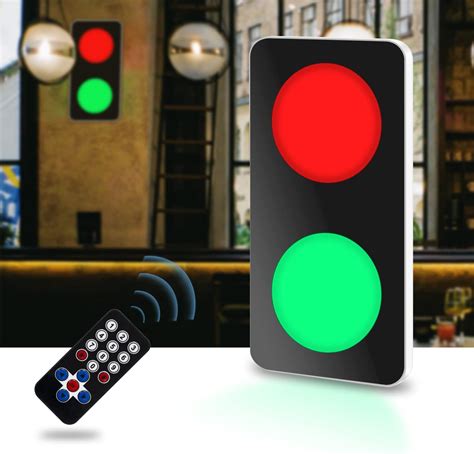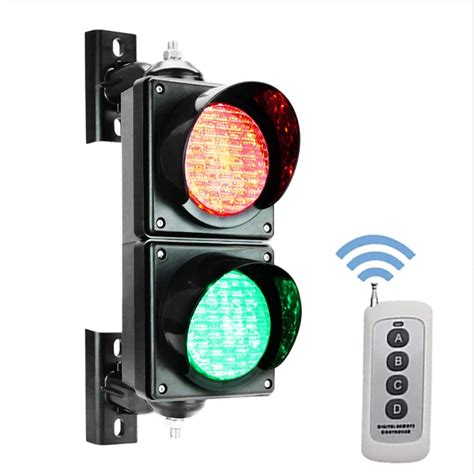5 Ways to Hack Remote Control Traffic Lights

Introduction to Remote Control Traffic Lights

In the realm of smart cities and intelligent transportation systems, remote control traffic lights have become an essential component. These systems enable authorities to monitor and manage traffic flow in real-time, optimizing traffic light timings to reduce congestion and improve safety. However, as with any complex system, there are potential vulnerabilities that can be exploited. In this article, we will explore five ways to hack remote control traffic lights, highlighting the importance of cybersecurity in this domain.
Understanding Remote Control Traffic Lights

Before diving into the hacking methods, it’s essential to understand the basics of remote control traffic lights. These systems typically consist of:
- Traffic Light Controllers: These are the hardware components that control the traffic lights.
- Communication Networks: These enable real-time communication between the controllers and the central management system.
- Central Management System: This is the software that monitors and controls the traffic lights, adjusting timings and patterns as needed.
Method 1: Exploiting Vulnerabilities in Traffic Light Controllers

Traffic light controllers, like any other electronic device, can have vulnerabilities that can be exploited by hackers. For example:
- Outdated Firmware: If the firmware is not regularly updated, hackers can exploit known vulnerabilities to gain access to the controller.
- Weak Passwords: Weak passwords or default passwords that have not been changed can provide an entry point for hackers.
To exploit these vulnerabilities, hackers can use tools like:
- Nmap: A network scanning tool that can identify open ports and vulnerabilities.
- Metasploit: A penetration testing framework that can exploit known vulnerabilities.
💡 Note: It's essential to regularly update firmware and use strong passwords to prevent such attacks.
Method 2: Intercepting Communication Networks

Hackers can intercept communication networks to access and manipulate traffic light data. For example:
- Man-in-the-Middle (MitM) Attack: Hackers can position themselves between the traffic light controller and the central management system, intercepting and modifying data in real-time.
- Wireless Network Hacking: Hackers can exploit vulnerabilities in wireless networks to access the communication network.
To prevent such attacks:
- Use Encryption: Encrypting data can prevent hackers from accessing and manipulating it.
- Implement Secure Authentication: Implementing secure authentication protocols can prevent unauthorized access.
Method 3: Hacking the Central Management System

The central management system is the brain of the remote control traffic light system. Hackers can target this system to gain control over the entire network. For example:
- SQL Injection: Hackers can use SQL injection attacks to access and manipulate the database.
- Cross-Site Scripting (XSS): Hackers can use XSS attacks to inject malicious code into the system.
To prevent such attacks:
- Use Secure Coding Practices: Using secure coding practices can prevent SQL injection and XSS attacks.
- Regularly Update Software: Regularly updating software can prevent exploitation of known vulnerabilities.
Method 4: Using Social Engineering Tactics

Hackers can use social engineering tactics to trick traffic light engineers or administrators into divulging sensitive information or providing access to the system. For example:
- Phishing: Hackers can use phishing attacks to trick engineers into divulging login credentials.
- Pretexting: Hackers can use pretexting attacks to trick engineers into providing access to the system.
To prevent such attacks:
- Conduct Regular Training: Conducting regular training on social engineering tactics can help engineers and administrators identify and prevent such attacks.
- Implement Strong Access Controls: Implementing strong access controls can prevent unauthorized access.
Method 5: Using IoT Botnets

Hackers can use IoT botnets to launch distributed denial-of-service (DDoS) attacks on remote control traffic light systems. For example:
- Mirai Botnet: Hackers can use the Mirai botnet to launch DDoS attacks on traffic light controllers.
To prevent such attacks:
- Use Secure IoT Devices: Using secure IoT devices can prevent them from being compromised and used in botnets.
- Implement DDoS Protection: Implementing DDoS protection can prevent such attacks.
In conclusion, remote control traffic lights are vulnerable to various hacking methods. It’s essential to implement robust cybersecurity measures to prevent such attacks and ensure the safety and efficiency of our transportation systems.
What is the most common vulnerability in remote control traffic lights?

+
The most common vulnerability in remote control traffic lights is outdated firmware and weak passwords.
How can I prevent hacking attacks on remote control traffic lights?

+
To prevent hacking attacks on remote control traffic lights, it’s essential to regularly update firmware, use strong passwords, implement secure authentication, use encryption, and conduct regular training on social engineering tactics.
What is the impact of hacking on remote control traffic lights?

+
Hacking can have a significant impact on remote control traffic lights, including compromising safety, causing congestion, and disrupting the entire transportation system.



